Bosch Digital Wall Scanner with Modes for Wood, Metal, and AC Wiring
$79.00
The New Bosch GMS120 Wall Scanner features Multi-Mode Detection-For wood studs, metal objects (rebar, studs and steel/copper pipes) and live wiring. Illuminated Graphical LCD Display-Indicates mode, detection strength and more. Deep Metal Detection Capability-Detects steel up to 4-3/4 in. (120 mm) deep in cured concrete. Automatic Center Finder-For locating center of detected wood or metal object. 3 Selection Modes (Wood, Metal, AC Wiring) with automatic calibration for easy and precise detection. Audible Detection Signal-With On/Off button. Ergonomic Soft-Grip-For secure grip and comfort. Illuminated ring indicates detection status.
In stock



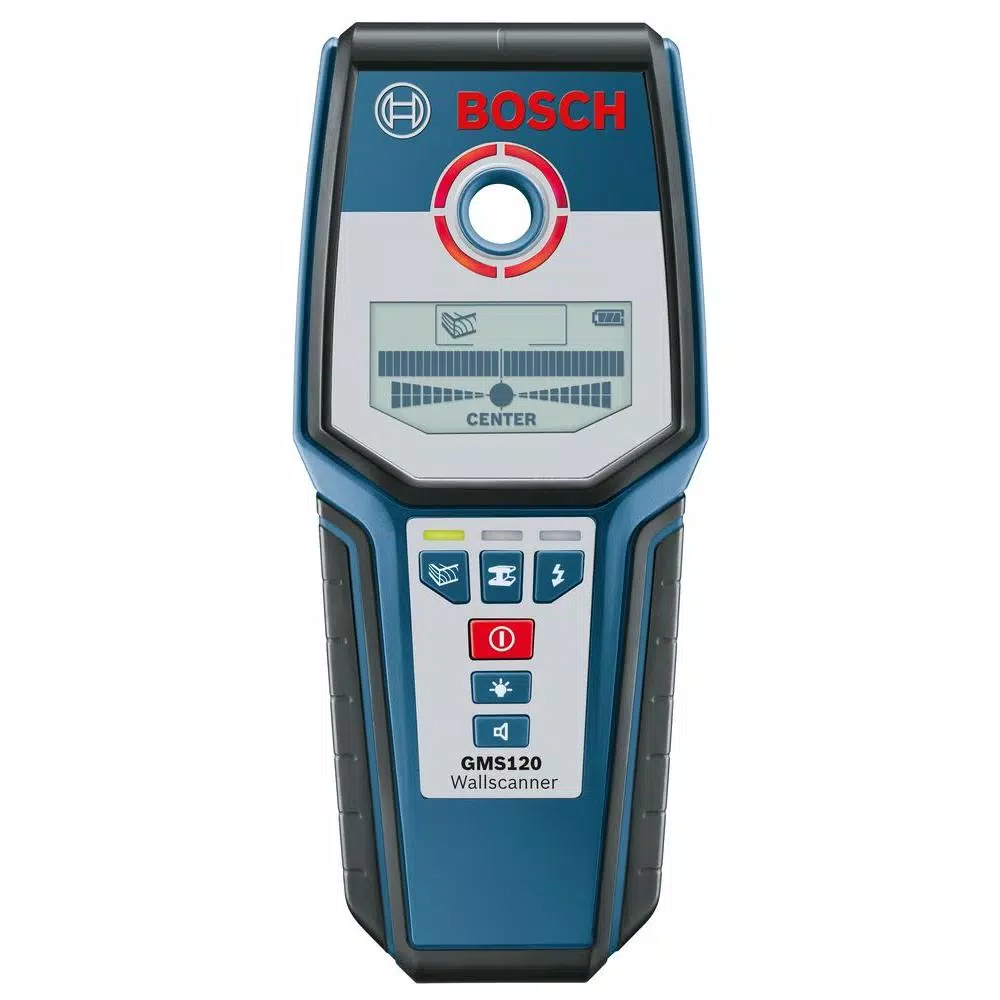
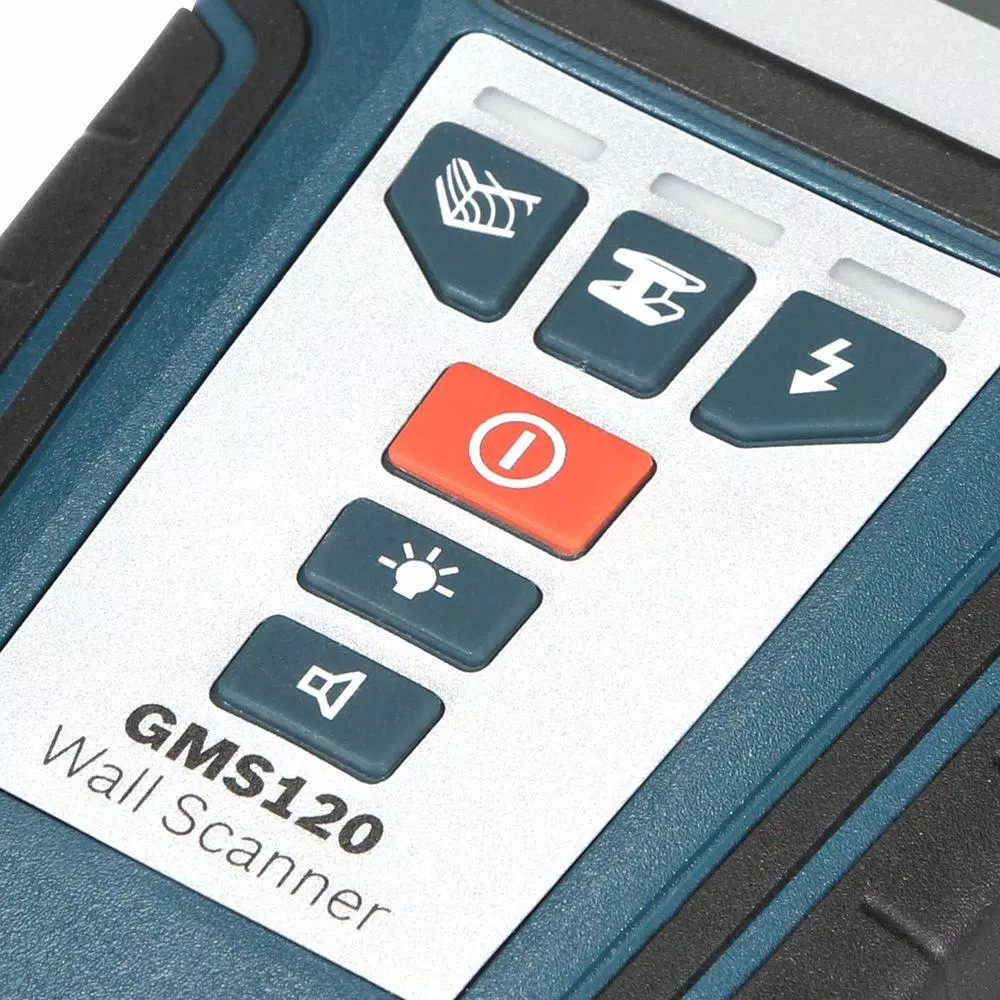
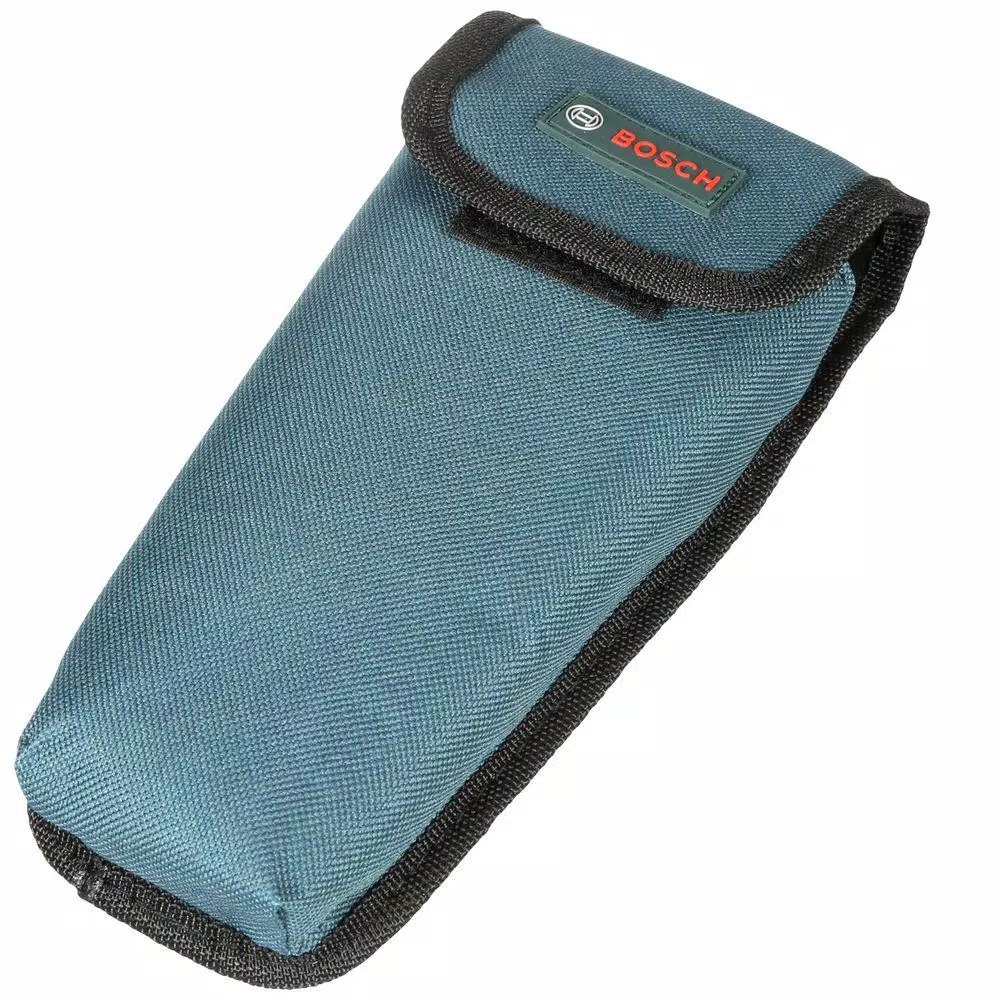
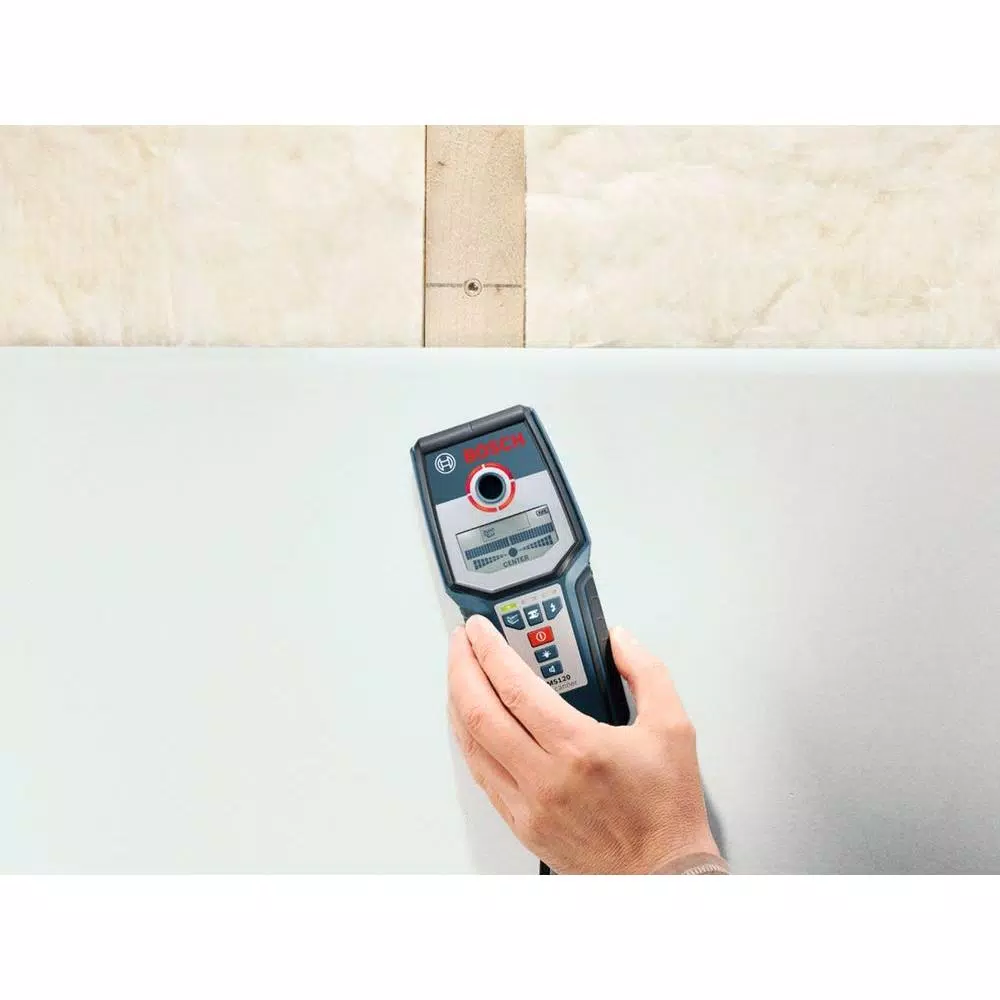
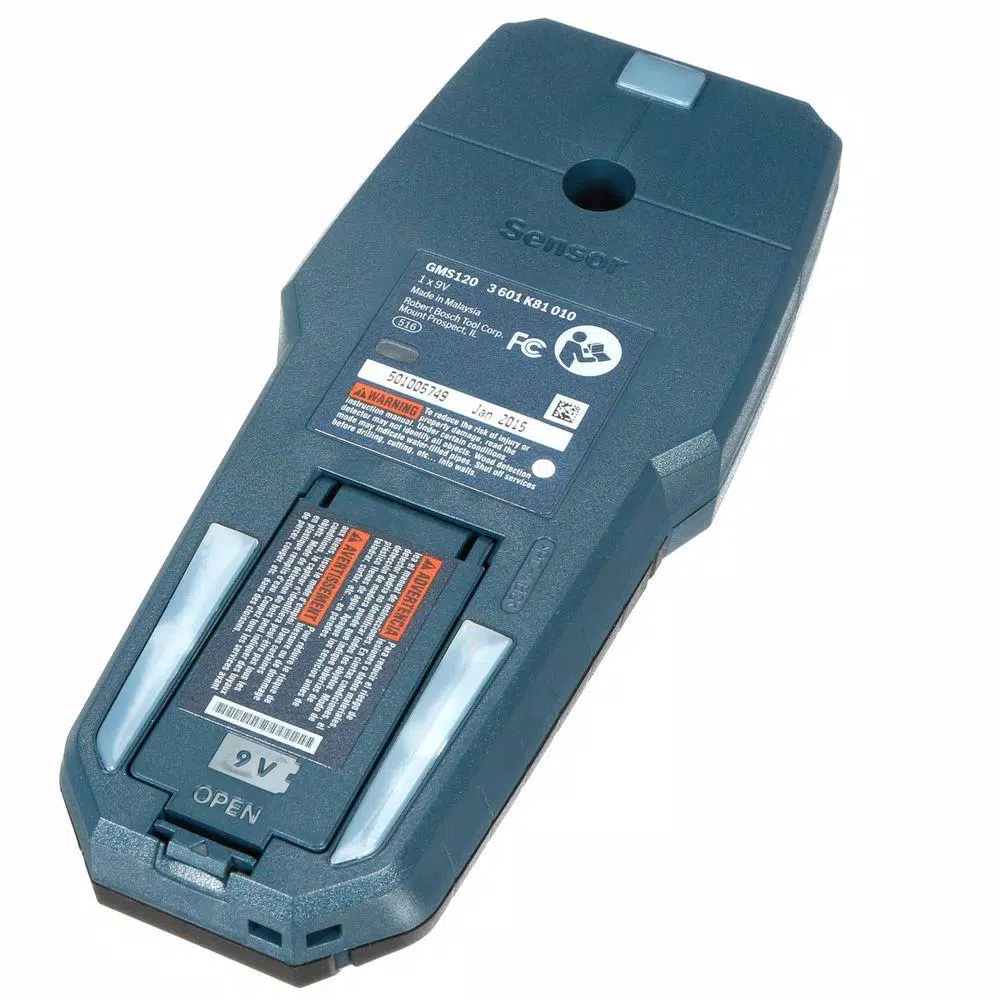
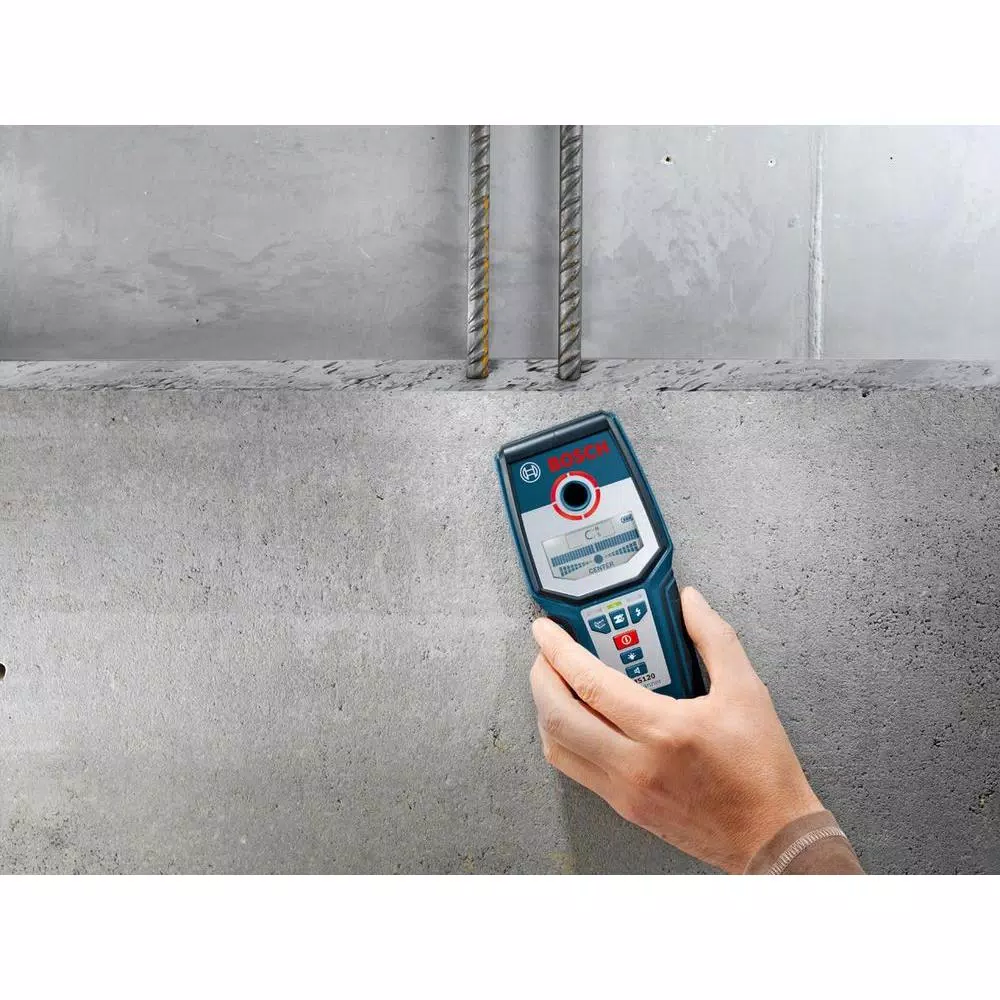
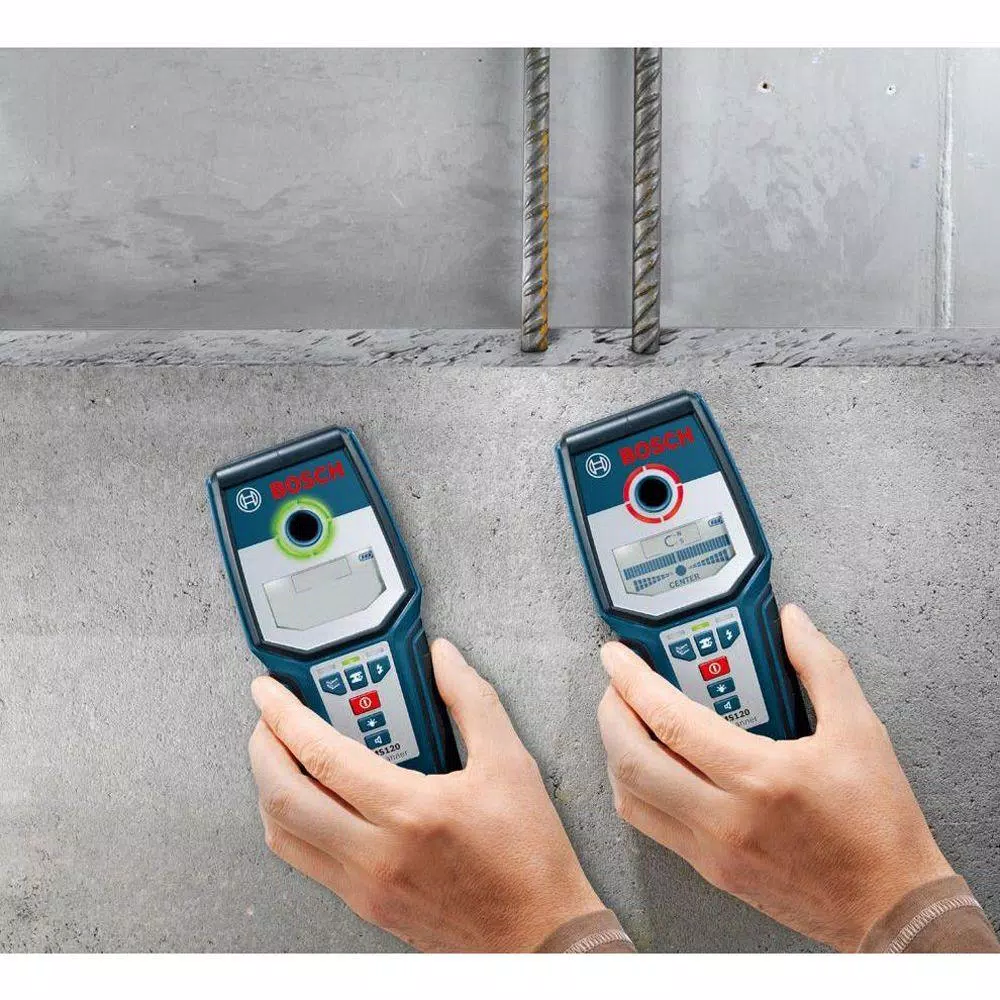




















Rosendo Fahey (verified owner) –
It will work on walls and floors; not much use on a roof.
Kacey Labadie (verified owner) –
Great
Jaylan Runte (verified owner) –
I does work but i thought it was going to be the real deal. For the price. Unfortunately it doesn’t but I will keep it because it its better than others
Sheldon Gusikowski (verified owner) –
i’ve owned several different manufacturers models and they all mysteriosly wound up in the garbage……except the one i threw against the wall…..this one really works
Urban Goyette (verified owner) –
I just bought this stud finder today and it is the very first stud finder to actually find the rafters in my ceiling. I have tried quite a few others and always had to hunt for the stud. This one did exactly what it said. Good job Bosch.
Emie Sporer (verified owner) –
My expectations were high, after all this is a Bosch product. Studs were found but it took a few repetitions. I like that you can mark through the tool with a pencil. It is most important to move slowly, at a constant motion and flat to the wall. My walls are textured and this was somewhat difficult. I did not think that the display was bright enough and hard to read unless you were in front of the screen.
Dustin Feil (verified owner) –
I find it’s a little unreliable with studs and is less sensitive than a cheaper one I have for detecting hidden live wire, but one must also understand how it works. They all have a temperament and you can do experiments to figure out how it works best before starting to rely on it. It is handy that it has so many features, like tracing copper pipe which isn’t terrible. That all said, for what I do get out of it, I feel it could have been priced a little lower considering it performance. I’d pay a little more for more accuracy.
Meredith Medhurst (verified owner) –
I used my Bosch GMS 120 for the first time during my garage organization project. My outside walls are concrete or stucco, inside and ceiling are dry wall. The hurricane resistant construction uses a combination of steel and wood studs. The versatility and accuracy of the GMS 120 made my project a breeze.
Kianna D’Amore (verified owner) –
I like the feature of moving the unit back and forth to home in on an exact location. Haven’t tested to any great depth, but the accuracy seems good.
Frederik Terry (verified owner) –
Read the instructions, then it is pretty easy to handle, stands out from all the others I have used.
Lucile Kuhic (verified owner) –
Easy to use. Moving it slowly over the walls seems more accurate in the rebar or stud locations.
Derrick Haley (verified owner) –
great product , the sound needs to be louder
Hortense Sauer (verified owner) –
Simple to operate and understand !
Silas Lynch (verified owner) –
I had hoped this might be a little better at identifying wall construction (i.e. finding studs) than a basic stud finder. Unfortunately, it is bigger, with a more elaborate display and considerably costlier, but not really any easier to use or more accurate than a basic unit.
Kiarra Tremblay (verified owner) –
The wall scanner works better than the typical stud finder; however it did miss state where some blocks I put in a closet I framed for an IKEA closet system. So, I still had to fill a few holes. Overall, I’d buy it again.
Syble Muller (verified owner) –
This easy-to-use stud/metal/wire finder is great, Quality good.
Kelsie Larkin (verified owner) –
This item was a bit more complicated to use than i expected. It has a lot of features, but in general, its performance seemed to be as adequate (and finicky) as my previous stud finder.
Jared Turner (verified owner) –
This scanner is so easy to read . It can find studs in walls that other scanners cant find. It is lightweight and so easy to get into places that you cant do others
Rodger Bogisich (verified owner) –
This stud finder from Bosch is a high end version of the cheap yellow ones that are ubiquitous. It includes a very nice, bright LCD display, along with a multicolored ring of lights that indicates when you’re on top of your target. The audio can be disabled, and there is a back-light on the LCD display. The rubber grip on the unit is an added nice feature.In practice, however, i wasn’t really impressed. I’ve never had luck with stud finders, as they always seem flaky and unreliable. This one is a slight improvement, with many additional features that add to the appeal. But on the basic purpose (finding wooden studs) there doesn’t seem to be much to write home about.ApplicationThis stud finder performs best on regular drywall walls. It finds the studs, but you usually need to make 3 or 4 passes to make sure. Our house has the old plaster walls on metal lath and this, like pretty much all stud finders, doesn’t like that. It is suggested to use the metal-finding mode to locate the nails holding the lath to the wall. This, surprisingly works quite well, and i was able to find studs with some consistency. The mode i had most success with was the power-finding mode. any time you went over a live wire, AC was immediately detected, and the unit would flash. This is great if you’re looking to cut holes and want to avoid cutting into wiring. However, when searching for live wires inside plaster/metal lath walls, results were once again mixed. The ceiling detection performed the worst. The studs were barely detectable, and the power-line indicator was pretty much always on within a foot of any fixtures. I don’t know why this is, but perhaps the unit just doesn’t like to be horizontal.DownsidesThere were also a number of design details that i felt took away from the usability of this device. Primarily was the inconsistency of the stud finder. It seemed very jumpy and where in one spot it was reading nothing at all, a tiny bit over it would be blaring all alarms. You really need to move this unit slowly to get accurate results. This is time consuming when you have a lot of wall to cover.The main ring in the middle also seemed excessively flashy. With constant flashed between green, red, and yellow, it became quite disorienting and distracting. The hole in the middle of the device seems like a good idea. However, it’s too small for a standard carpenter’s pencil!The LCD, while nice to look at, was difficult to read at angles. This is especially true when using on the ceiling. You really need to be looking at the LCD straight on.The FeetAnd lastly, something that seems like a good idea, really isn’t: the clear anti-scratch feet on the bottom of the device. There are three of them, one small one up top, and two longer ones on the bottom. The first problem is that the device rocks too easily. Even on perfectly flat surfaces, the slightest pressure down on one side lifts up the other side, causing misreads to occur. This is very frustrating. The bottom two feet are longer vertically, yet the primarily movement of device is horizontal. The second issue is that the feet are simply too small. The walls in my house are all textured with an orange-peel texture. This features large bumps over the entire surface of the walls. The top small foot doesn’t like this at all. Any movement is extremly rough and jittery with the foot occasionally catching and throwing off the balance of the sensing head. I’m sure this is primarily why the readings were spotty and inconsistent. The feet do not cause any problems on smooth surfaces. If the device had a completely flat back, due to the unit’s size, it would equalize out the rough spots, allow smoother movement, and offer more consistent readings.SummaryA nice device with many neat features. Comes with a carrying case. It generally works well, and has pretty good accuracy on plaster/metal lath walls when in metal mode. Unfortunate, inconsistent readings require far to many slow passes to determine where the stud sits. Wall textures interferes with readings due to small feet on back. Busy LCD display along with multicolored flashing lights and beeping make this a confusing device to use. Does not work well on ceilings.
Davion Jenkins (verified owner) –
I bought this as a Christmas present for my son-in-law to replace a stud finder he lost in a flood. Perfect timing since I needed one to locate studs and miss copper pipes in a bathtub wall when I installed some grab bars. The centerline sensing of studs is a cool feature. You just have to read the instructions and remember to horizontally scan across the area a couple of times for the electronics to establish a density pattern. In my case, I needed to miss the studs by a minimum of 1″ for those very large hollow wall fasteners used for grab bars.This instrument will detect water pipes and electrical conduit, BX and Greenfield. It will not sense Romex or similar type of wiring that is NOT live. The circuit has to be HOT and the instructions are very clear on that. A previous reviewer was complaining about that and apparently didnt read the instructions.Given a choice of brands, I alway choose Bosch when possible because of total value…workmanship, quality, durability.